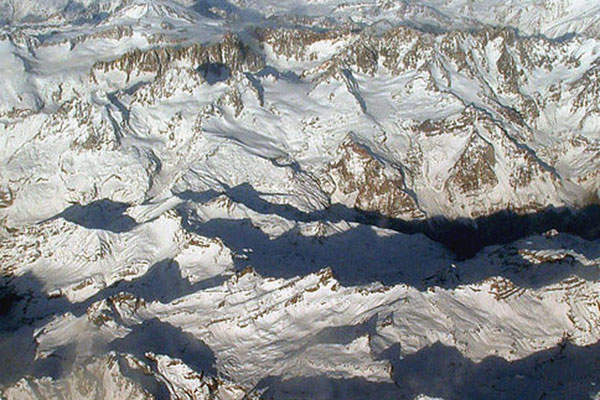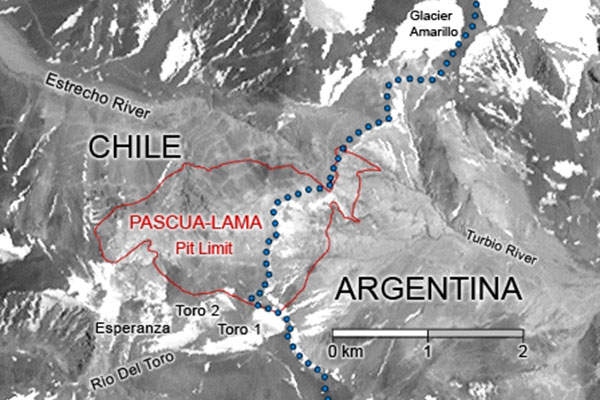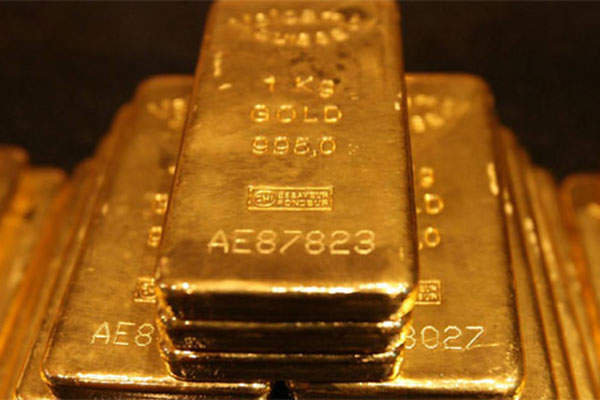
Pascua-Lama mine is a suspended open-pit mining project located in the Andes Mountains, on the Chilean-Argentine border. The mine contains gold, silver, copper and other minerals. Barrick Gold is the owner and developer of the mine.
Related project
La Coipa Gold and Silver Mine, Chile
La Coipa gold and silver mine lies within the Atacama region of Chile, in South America.
Pascua-Lama is located at an altitude of 3,800m to 5,200m. The Chilean part of the mine constitutes 75%, while 25% is located in Argentina.
The development activities of Pascua-Lama were stopped in April 2013, following a Chilean court’s orders on issues of sanitation and violation of the Glacier monitoring plan. The Diaguita indigenous community filed a petition for the closure of the project. Barrick Gold’s plea to reopen the project was rejected by a local appellate court in Copiapó, Chile, on 24 April 2013.
The Chile’s Supreme Court, however, issued a ruling in September 2013 overturning the Copiapó court order. Following the ruling, Barrick Gold will construct a water management system at the Chilean section of the mine in order to receive environmental approval for the project. The water management system is expected to be completed by the end of 2014.
Barrick Gold announced its decision to temporarily suspend the Pascua-Lama project, in October 2013, in order to reduce its debt burden. Construction of facilities required for obtaining the environmental approval will, however, be completed. The company plans to resume the mine’s development in future.
The Argentinean segment was to include critical infrastructure such as the processing plant and tailings storage facility.
Barrick Gold had estimated the development capital cost of Pascua-Lama to be $3bn at 2009 prices, but the construction delay increased the estimated capital costs of the project to approximately $8bn to $8.5bn at 2012 prices.
The development of the mine would have created more than 5,500 jobs during construction and more than 1,600 jobs during production phase.
Pascua-Lama mine geology
The Pascua-Lama deposit is situated on the northern edge of a major mineralised trend known as the El Indio belt. The deposits of the mine are covered by extrusive volcanic rocks that contain hypabyssal stocks of varying size and numerous dikes and sills. The rocks spread up to 45km south of Pascua Lama to El Indio deposit.
The El Indio belt is covered by high angle reverse faults, normal faults and fold belts trending towards north.
Gold and silver reserves at Pascua-Lama
Pascua-Lama mine is estimated to contain reserves of 17.9 million ounces (moz) of gold and 676moz of silver. The mine life is expected to be 25 years.
Mining at the Pascua-Lama project
The conventional method including drilling and blasting will be used to extract the ore from Pascua-Lama mine. The ore will be transported to the crushing facility. Upon crushing, the minerals will be transported underground via conveyor belt to the processing facility for grinding purpose, situated in Argentina. The minerals will be separated, floated and leached in the processing facility.
Processing of Pascua-Lama ore
Wet processing will be implemented in the Pascua-Lama mine. Wet grinding involves minimum air emissions, as it reduces the particle size by way of grinding the ore, and consumption of diesel fuel.
Related project
Los Bronces Copper and Molybdenum Mine, Chile
The Los Bronces open cut mine is located 65km north-east of Chile’s capital, Santiago.
The processing will include primary crushing, autogenous/ball milling, counter current decant (CCD) washing, pre-aeration and oxygen enhanced cyanide leaching, CCD thickening for pregnant solution recovery, cyanide destruction, Merrill Crowe zinc precipitation, mercury retorting, and smelting.
A gyratory primary crusher with a capacity of 45,000t/d will be installed at the plant. The crushed product will be stored in bins which have a 5,000t storage capacity. The overland conveyor system will use the ore from the bins and discharge it to coarsed ore stockpile in Lama, Argentina.
Refractory ore will be treated using floatation to recover the gold and silver. Non-refractory ore will be treated using cyanide leaching.
A three-stage cleaning programme will be conducted to produce a final Cu-As-Au-Ag concentrate from the reground rougher concentrate. The cleaner scavenger tails and the rougher-scavenger tails will be thickened and the resulting underflow will be pumped to cyanide leaching circuit.
Excess water will be removed from the final flotation concentrate and shifted to a smelter. The washed ore will be pre-aerated and leached with cyanide for 24 hours in agitated leach tanks.
The processing plant will be fully equipped to monitor and treat any acid rock drainages (ARD) occurring during mining. A multiple barrier fall-safe system has been designed specifically for water protection in the region. The design diverts the surface water and minimises the runoff water getting into the mining region.
Gold and silver production from Pascua-Lama mine
Average gold production during the first five years of operation is expected to be 800,000 to 850,000 ounces. Silver production during the same period is expected to be 35 million ounces.
Wheaton Silver would purchase 25% of the silver produced during the life of the mine, as part of an agreement signed with Barrick Gold in September 2009.
Environmental and legal hurdles for the development of Pascua-Lama mine
The moving of ice from the glaciers of the Andes drew much agitation and protests from the locals. The glaciers in the Andean plateau are the source of two rivers that provide clean water to the valley.
The mine would release cyanide, sulphuric acid and mercury affecting around 70,000 farmers in Huasco valley. The project also involves the removal of 20ha of ice, which is feared to cause environmental imbalance and lead to water contamination.
An electronic mail chain letter was circulated in 2006, requesting the Chilean government to reject Barrick Gold’s plan to set up the mine.






